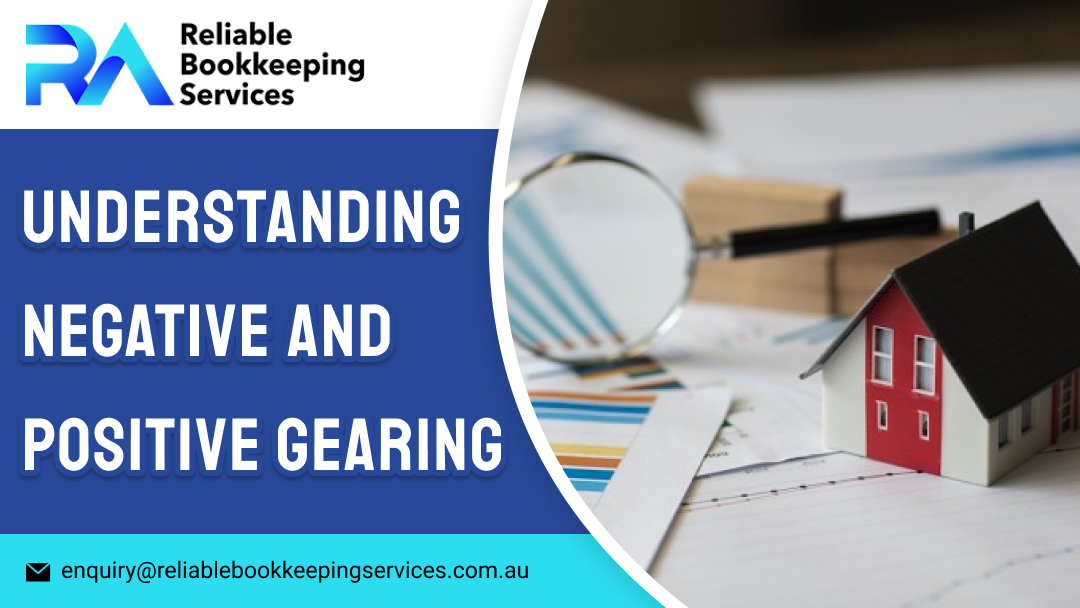What is Negative Gearing?
When the costs of owning an investment property (like interest on the loan, upkeep, repairs, bank charges, and capital depreciation) exceed the revenue it generates is known as negative gearing.
Negative gearing can be a tax-efficient investment strategy with the right financial and tax guidance and suitable property. If you are considering about getting into the property investment market for the first time or want to expand your portfolio, this could be a good alternative. Example of negative gearing mentioned below:
If your monthly expenses for investment property are $2,600 (interest, council fees, maintenance, and so on)
Your rental income on investment property, on the other hand, is mere $2,000 per month.
Your shortfall would be $2,600 – $2,000 = $600 per month (or $7,200 per year), putting you in a negative cash flow situation. Depending on your circumstances, you may be able to offset this loss against other sources of income.
When combined with a long-term profit view, negative gearing has the potential to help you accomplish your financial goals sooner.
What Kind of Deductions can I Claim from my Investment Property?
If you own an investment property, you may be able to take advantage of tax deductions and depreciation on your rental income. Expenses that you can claim include:
- Interest on the loan, continuing maintenance costs, property management fees, body corporate fees, council rates, and landlord insurance are all expenses that must be considered.
- Appliances utilised in the rental property, such as hot water service and white goods, are eligible for tax depreciation (e.g. refrigerator and oven). The Commissioner of Taxation establishes depreciation schedules that range from a few years to more than 20 years.
- Building Allowance – Individuals may be able to claim depreciation of capital works for the building.
Does Negative Gearing Have Any Risks?
Borrowing to fund investment usually entails a certain amount of risk. While negative gearing might assist you to improve your gain on borrowed cash, it can also result in significant losses in the event of a loss.
Negative gearing should only be considered by investors who have the financial means to withstand the impact of prospective investment value declines as well as increased interest payment costs.
You might be able to reduce the risk of negative gearing by doing the following:
- Carefully select your investment property. It might be worthwhile to look for a property that is expected to appreciate in value over time.
- Have enough money to meet interest payments in the event that your tenants are late with their rent payments or if your property is unoccupied for an extended period of time. You must also be able to cover the cost of regular repairs and maintenance.
- Obtaining landlord insurance for the premises.
What about Positive Gearing?
When the revenue from your investment exceeds your interest expenditures and any other possible deductions, your investment is positively geared.
Keep in mind that any income from a positively geared investment may be subject to taxation.
Which Investment Strategy would Suit Me?
Before implementing any investment strategy, whether positive or negative gearing, you should consult Reliable Melbourne Bookkeeping and registered tax agents.

